Linux系统下的重启,关机命令以及reboot挂死问题解决方案
目录
- linux开关机
- reboot 重启
- shutdown 关机
- poweroff 用于关闭计算机
- 问题描述
- 问题解决尝试
- 这几种命令区别在哪里呢
- 总结
Linux开关机
在Linux下,我们常用 shutdown、reboot、poweroff、halt等进行关机或重启
另外还有就是直接使用 init 修改循行等级进行,如:init 0、init 6等
各命令的作用:
reboot 重启
可接参数如下:
Reboot the system.
--help Show this help
--halt Halt the MAChine
-p --poweroff Switch off the machine
WlcFVUozp--reboot Reboot the machine
-f --force Force immediate halt/power-off/reboot
-w --wtmp-only Don't halt/power-off/reboot, just write wtmp record
-d --no-wtmp Don't write wtmp record
--no-wall Don't send wall message before halt/power-off/reboot
这里主要讲一下`reboot -f`,强制重启
在使用`reboot`这个命令过程中,有在Centos8.2系统中遇到reboot挂死,约等待
30mins才能关机然后重新启动,后来修改命令为`reboot -f`之后,问题解决
关机流程:
- 1.通知所有运行中的进程:系统将发送SIGTERM信号给所有正在运行的进程,通知它们系统即将关机。
- 2.停止所有运行中的进程:系统会逐个终止所有正在运行的进程,直到没有剩余进程为止。
- 3.关闭所有打开的文件:系统会关闭所有打开的文件,确保所有数据都被正确地写入到磁盘中。
- 4.停止所有编程客栈设备:系统会停止所有设备的运行,包括磁盘、网络设备和其他硬件设备。
- 5.关闭内核:系统会释放内核占用的所有资源,并退出内核运行状态。
- 6.重启计算机:系统会发送一个重启指令给计算机,计算机将重新启动,并加载操作系统。
相似的reboot命令:
system reboot shutdown -r now init 6
shutdown 关机
[root@localhost ~]# shutdown --help
shutdown [OPTIONS...] [TIME] [WALL...]
Shut down the system.
--help Show this help
-H --halt Halt the machine
-P --poweroff Power-off the machine
-r --reboot Reboot the machine
-h Equivalent to --poweroff, overridden by --halt
-k Don't halt/power-off/reboot, just send warnings
--no-wall Don't send wall message before halt/power-off/reboot
-c Cancel a pending shutdown
poweroff 用于关闭计算机
halt 用于关闭计算机或进入停机状态,有些系统是调用shupythontdown -h 或poweroff
再深入了解一下系统运行等级的差别:
首先明确一下linux/RedHat系的runlevel运行级别和Debian系的runlevel是有所不同的。
redhat系的runlevel定义如下:
- runlevel 0: halt 系统停机状态,系统默认运行级别不能设为0,否则不能正常启动
- runlevel 1: single user 单用户工作状态,root权限,用于系统维护,禁止远程登陆
- runlevel 2: multiuser without network 多用户状态(没有NFS)
- runlevel 3: multiuser 完全的多用户状态(有NFS),登陆后进入控制台命令行模式
- runlevel 4: unuse 系统未使用,保留
- runlevel 5: x11 X编程11控制台,登陆后进入图形GUI模式
- runlevel 6: reboot 系统正常关闭并重启,默认运行级别不能设为6,否则不能正常启动
在debian/Ubuntu中,runlevel的定义为:
0 - Halt 1 - Single 2 - Full multi-user with display manager (GUI) 3 - Full multi-user with display manager (GUI) 4 - Full multi-user with display manager (GUI) 5 - Full multi-user with display manager (GUI) 6 - Reboot
可以发现2~5级是没有任何区别的。
Ubuntu系统默认的运行级别为2。
因此,我们可以使用init 0来执行halt关机,使用init 6来执行reboot。
其实shutdown命令也是在执行完一系列操作后,比如说逐个关闭进程/服务,调用sync将数据写入磁盘等,然后调用init0或init6来执行关机或重启而halt实际上是调用shutdown -h now,可以不理会系统当前状态而直接关机,但在有的系统中,halt不会关闭电源,而只关闭了os。
问题描述
reboot 发生挂死,reboot关机时卡了近半个小时,才能关机下去,重启上电流程无异常。
环境:
CentOS Stream release 8 Linux 4.18.0-500.el8.x86_64 systemd 239 (239-76.el8)
问题解决尝试
首先当然从系统入手,我查询了/var/log/messages上面记录的内容,发现没什么错误信息
先没有计较太多,我直接使用yum update更新了一下我的系统,再次尝试
1,百度寻医问药,修改/etc/systemd/system.conf ,修改系统参数,但是并未有改善,此方案不适用我这边的状况
2,尝试其他的reboot方案,都会发生挂死,命令如下:
system reboot shutdown -r now init 6
3,最后尝试使用reboot -f,此时系统reboot 正常,并未发现重启挂死的状况
20230914 解决了reboot关机卡死状况,解决办法如下:
1、新建/etc/systemd/system/rc-local.service并写入
[Unit] Description=/etc/rc.d/rc.local Compatibility ConditionFileIsExecutable=/etc/rc.d/rc.local After=network.target [Service] Type=forking ExecSt编程art=/etc/rc.d/rc.local start TimeoutSec=5 RemainAfterExit=yes
2、备份/etc/systemd/system.conf
cp -a /etc/systemd/system.conf /etc/systemd/system.conf_bak
3、修改文件
sed -i 's/#DefaultTimeoutStopSec=90s/DefaultTimeoutStopSec=30s/g' /etc/systemd/system.conf
4、重新加载
systemctl daemon-reload
这几种命令区别在哪里呢
目前仅仅知道 reboot -f 会 强制重新开机,不调用shutdown指令的功能,看起来跟普通的重启动作是不同的,或许会发生数据丢失的状况,从描述来看,少做了很多动作。
reboot命令OS的动作:
1、结束所有运行中的进程:系统会发送SIGTERM信号给所有正在运行的进程,通知它们系统即将重启。
2、保存当前系统状态:系统会将当前系统的状态保存到/var/log/wtmp文件中,包括系统的运行时间、用户登录信息等。
3、停止所有设备:系统会停止所有设备的运行,包括磁盘、网络设备和其他硬件设备。
4、重启计算机:系统会发送一个重启指令给计算机,计算机将重新启动,并加载操作系统
总结
以上为个人经验,希望能给大家一个参考,也希望大家多多支持编程客栈(www.devze.com)。
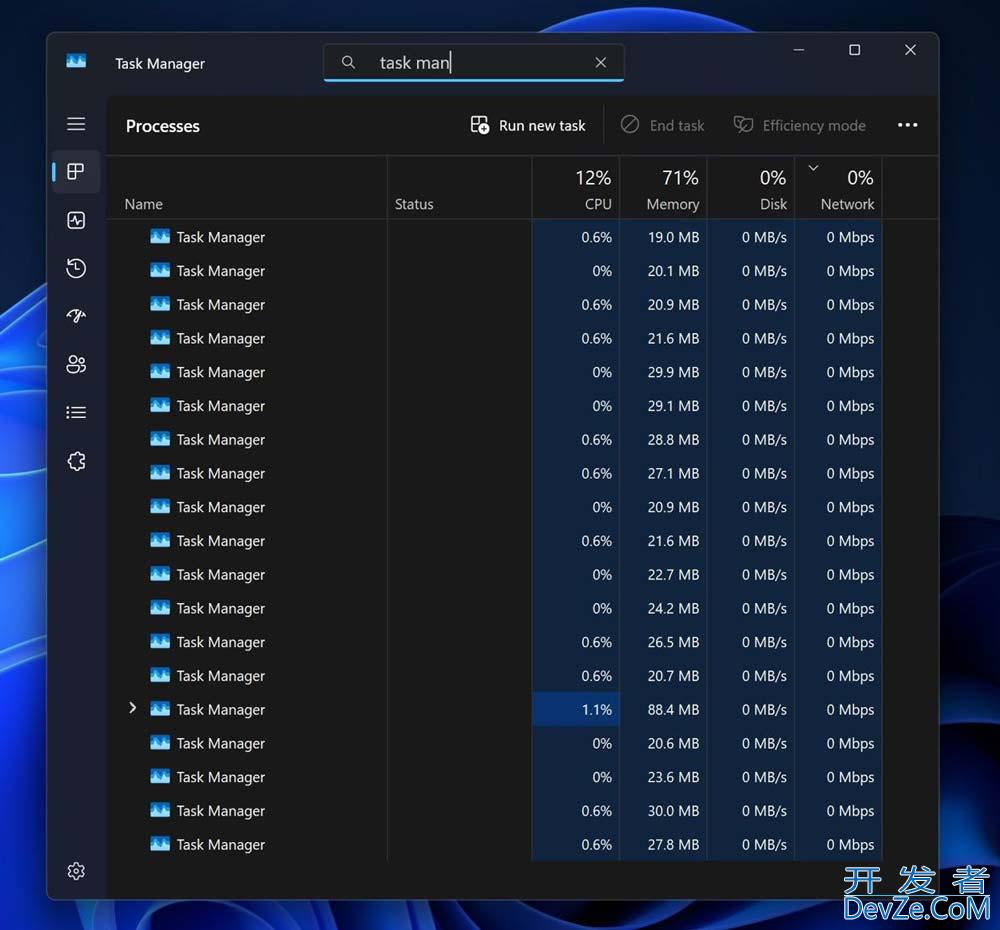
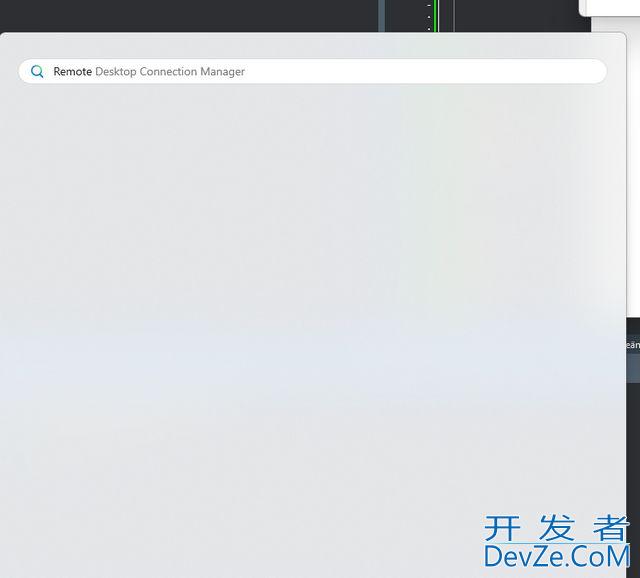

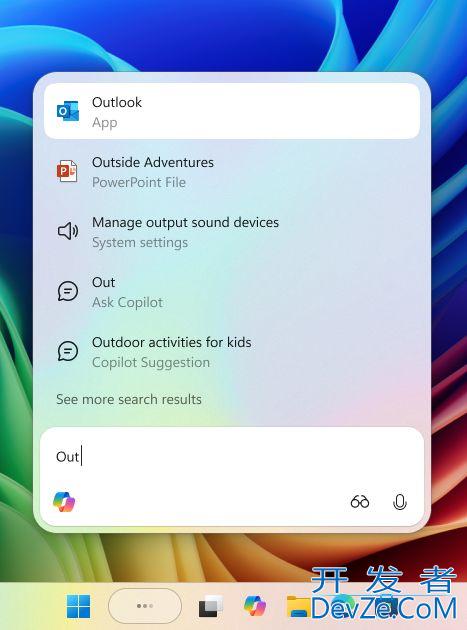
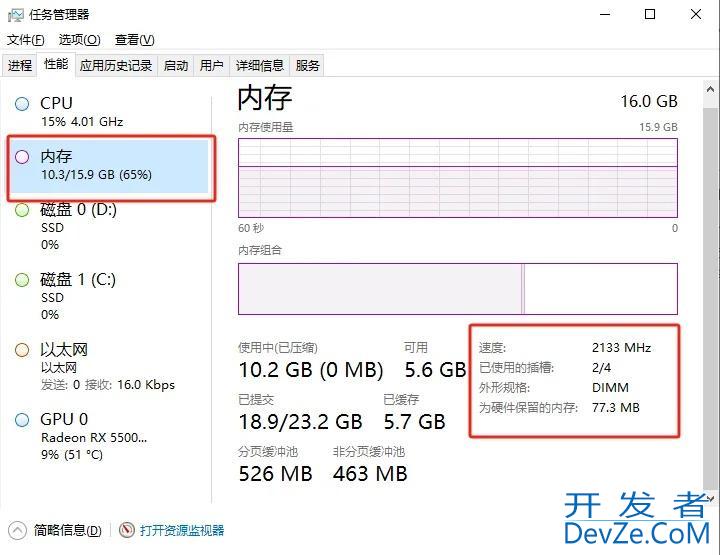


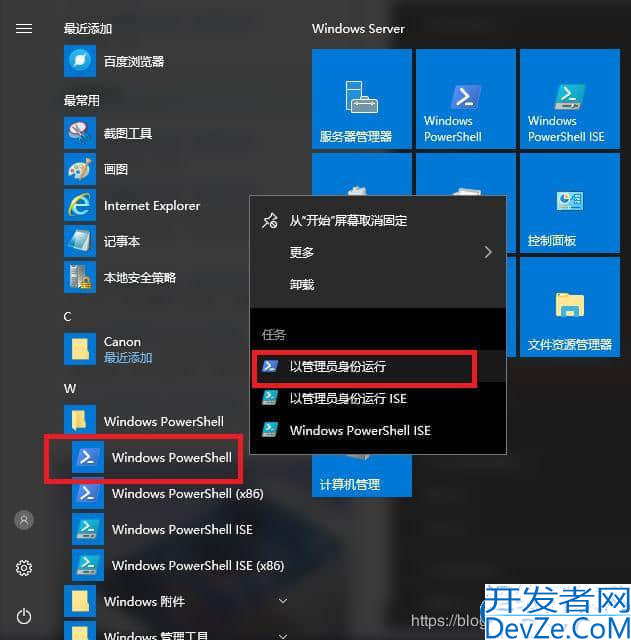
 加载中,请稍侯......
加载中,请稍侯......
精彩评论